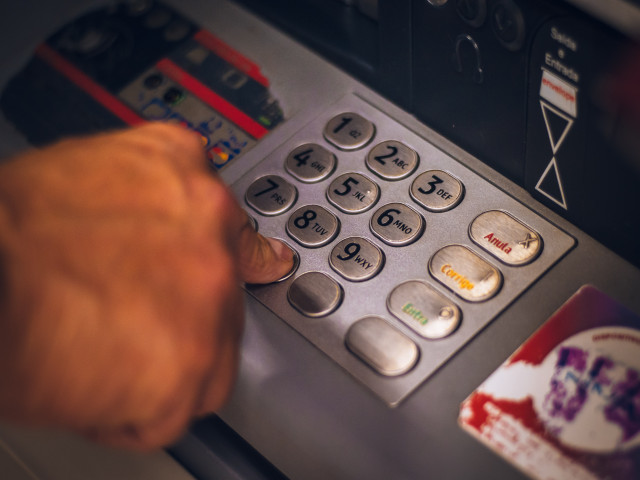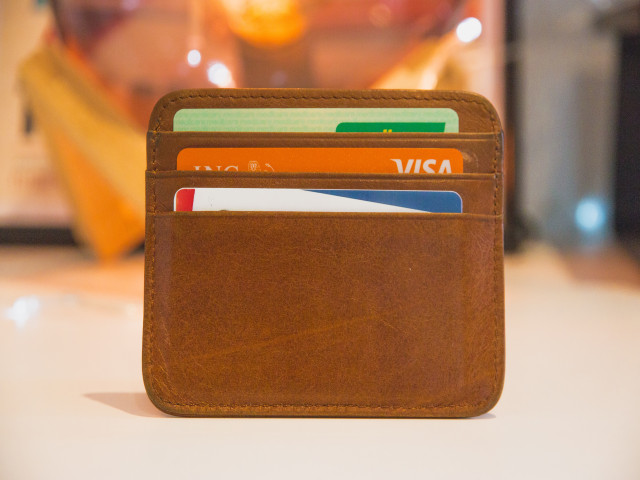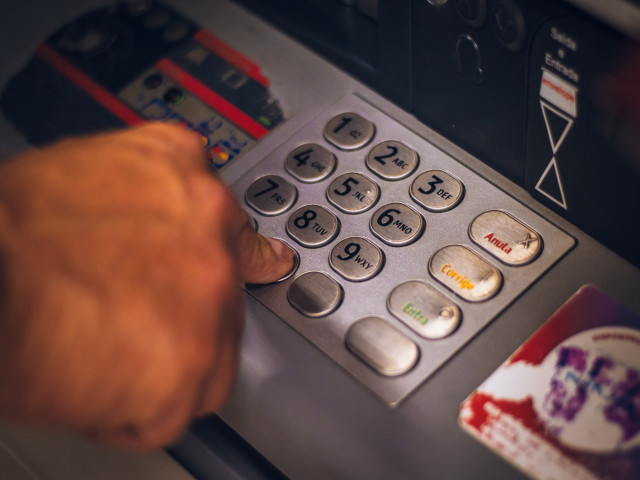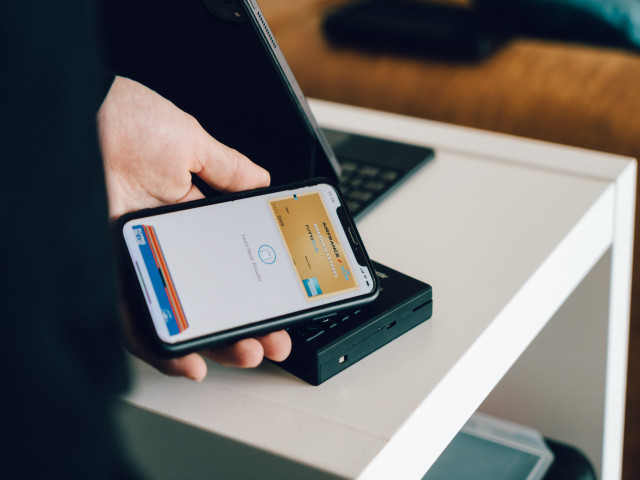15 Jan 2024
The Rise of Mobile Banking: A Comprehensive Guide to Digital Financial Transactions

Introduction
In an era dominated by technological innovation, the financial landscape has undergone a profound transformation, with mobile banking emerging as a cornerstone of digital transactions. The convenience, accessibility, and security offered by mobile banking have revolutionized the way individuals manage their finances. This comprehensive guide aims to unravel the intricacies of mobile banking, providing a deep dive into its foundations, features, and the impact it has on both consumers and traditional banking institutions. Join us on this journey as we explore the rise of mobile banking and its role in shaping the future of financial transactions.
The Foundations of Mobile Banking
Historical Overview of Mobile Banking
Mobile banking has undergone a remarkable evolution since its inception, reshaping the landscape of financial services. The concept of mobile banking can be traced back to the late 1990s and early 2000s when the use of mobile phones started to become widespread. Initially, mobile banking primarily involved basic services like balance inquiries and fund transfers. However, as technology advanced, so did the capabilities of mobile banking.
In the early 2010s, the introduction of smartphones revolutionized the user experience, allowing for more sophisticated mobile banking applications. The convergence of telecommunications and banking services marked a pivotal moment, making financial transactions more accessible to a broader population. Over the years, mobile banking has become synonymous with convenience, offering users the ability to manage their finances anytime, anywhere.
Key Technological Advancements Enabling Mobile Banking
Several technological advancements have played a crucial role in propelling the growth of mobile banking. The advent of secure mobile networks, coupled with the development of robust encryption protocols, has ensured the safety of financial transactions conducted through mobile devices. Mobile apps with intuitive user interfaces have made it easier for customers to navigate and utilize a wide range of banking services effortlessly.
Furthermore, the integration of biometric authentication, such as fingerprint and facial recognition, has enhanced the security of mobile banking, providing users with a seamless yet secure login experience. The rise of application programming interfaces (APIs) has enabled seamless integration between mobile banking apps and various financial institutions, facilitating real-time data exchange and updates.
Impact on Traditional Banking Services
The rise of mobile banking has brought about a paradigm shift in the traditional banking sector. Customers now have the option to perform a multitude of financial transactions without the need to visit physical bank branches. This has led to increased efficiency, reduced operational costs, and a more competitive landscape in the financial industry.
Traditional banking services, once characterized by face-to-face interactions, are adapting to the digital era. Banks are investing heavily in digital infrastructure to stay relevant and meet the evolving expectations of tech-savvy customers. The advent of mobile banking has forced traditional banks to reevaluate their service delivery models, driving them to embrace innovative technologies to remain competitive in the dynamic financial ecosystem.
Features and Benefits of Mobile Banking
Overview of Mobile Banking Services
Mobile banking services have become synonymous with financial empowerment, offering a comprehensive suite of features that cater to the diverse needs of users. From basic functionalities such as checking account balances and transferring funds to more sophisticated services like mobile deposit capture and investment management, mobile banking has evolved into a multifaceted tool for financial management.
One of the standout features is the ability to pay bills directly through mobile applications, eliminating the need for manual transactions. Additionally, users can set up alerts and notifications to stay informed about account activities, ensuring a real-time awareness of their financial status. The convenience of having all these services at one's fingertips has transformed the way individuals interact with their finances.
Convenience and Accessibility for Users
The primary allure of mobile banking lies in its unmatched convenience and accessibility. Users no longer need to adhere to the constraints of traditional banking hours or visit physical branches. Mobile banking applications grant 24/7 access to financial services, allowing users to conduct transactions, monitor their accounts, and make informed financial decisions at their convenience.
Moreover, the convenience extends to the realm of peer-to-peer (P2P) payments, where users can effortlessly transfer funds to friends and family with just a few taps on their mobile devices. This level of accessibility not only saves time but also aligns with the fast-paced lifestyle of modern individuals who seek instant solutions to their financial needs.
Security Measures in Digital Transactions
As the prevalence of mobile banking continues to rise, ensuring the security of digital transactions remains a top priority. Mobile banking apps employ advanced encryption technologies to safeguard sensitive information, providing users with a secure environment for financial interactions. Multi-factor authentication, biometric recognition, and real-time fraud detection mechanisms add layers of protection to prevent unauthorized access and fraudulent activities.
Furthermore, many mobile banking platforms offer features like remote device deactivation and transaction alerts, empowering users to monitor and control their account security actively. The commitment to robust security measures not only builds trust among users but also underscores the dedication of financial institutions to prioritize the protection of their customers' financial data.
Mobile Banking Apps and Platforms
Popular Mobile Banking Apps
In the dynamic landscape of mobile banking, several apps have emerged as frontrunners, each offering a unique set of features catering to the diverse needs of users. Leading the pack is the widespread adoption of apps from traditional banks, providing seamless integration with their existing services. Additionally, standalone mobile banking apps such as PayPal, Venmo, and Cash App have gained popularity, particularly for their user-friendly interfaces and convenient peer-to-peer payment functionalities. The choice of a mobile banking app often depends on individual preferences, with some users valuing a comprehensive suite of services, while others prioritize simplicity and ease of use.
Comparison of Features and User Interfaces
The competition among mobile banking apps has fueled a continuous evolution in features and user interfaces. Traditional banks are investing in intuitive designs, real-time notifications, and personalized dashboards to enhance the overall user experience. Standalone apps, on the other hand, often excel in specialized functionalities. For instance, apps like Venmo focus on social payment experiences, allowing users to share transaction details and split bills seamlessly.
When comparing features, the spectrum ranges from basic services like fund transfers and account monitoring to advanced capabilities such as investment tracking and financial goal setting. User interfaces play a pivotal role in attracting and retaining users, with simplicity and visual appeal becoming key factors. The ongoing efforts to improve and innovate in these areas underscore the competitive nature of the mobile banking app landscape.
Emerging Trends in Mobile Banking Technology
The realm of mobile banking is not static; it is constantly evolving with emerging trends shaping the future of digital finance. One such trend is the integration of artificial intelligence (AI) and machine learning algorithms to provide personalized financial insights and recommendations. Chatbots and virtual assistants are becoming common features, offering users a conversational interface to interact with their financial data.
Blockchain technology is also making inroads into mobile banking, providing enhanced security for transactions and enabling faster cross-border payments. As the industry progresses, the focus on enhancing the speed and efficiency of financial processes remains a central theme.

Digital Financial Transactions: How It Works
Step-by-Step Guide to Digital Transactions
Digital financial transactions have become the cornerstone of modern banking, providing users with a convenient and efficient means to manage their money. Understanding the step-by-step process of these transactions is crucial for users navigating the digital financial landscape. The journey typically begins with accessing a mobile banking app or an online banking portal. Users can initiate transactions such as fund transfers, bill payments, or online purchases directly from their devices.
Upon initiating a transaction, users are prompted to input relevant details, including recipient information, payment amounts, and transaction purposes. Verification steps, such as multi-factor authentication or biometric recognition, add an extra layer of security. Once confirmed, the transaction is processed, and users receive real-time confirmations, providing instant visibility into their financial activities.
Security Protocols in Place
The robustness of security protocols is paramount in ensuring the integrity of digital financial transactions. Mobile banking apps and online platforms employ state-of-the-art encryption technologies to safeguard user data during transmission. Multi-factor authentication, a combination of passwords, PINs, and biometric data, adds an additional layer of protection against unauthorized access.
Financial institutions continually invest in fraud detection systems that monitor transaction patterns, alerting users and the institution to any suspicious activity. Additionally, real-time notifications enable users to stay informed about every transaction, empowering them to identify and report any unauthorized or fraudulent activities promptly.
Integration with Other Financial Tools and Services
Digital financial transactions are not isolated events; they are part of a broader ecosystem that seamlessly integrates with various financial tools and services. Mobile banking apps often offer integration with budgeting and financial management tools, allowing users to track their spending, set financial goals, and receive insights into their overall financial health.
Moreover, integration with digital wallets and payment platforms facilitates smooth transactions across a spectrum of services. This interconnectedness extends to investment platforms, enabling users to manage their portfolios and execute trades seamlessly within the same digital ecosystem.
Frequently Asked Questions
Q. Is mobile banking secure?
A. Absolutely. Mobile banking employs advanced security measures such as biometric authentication and encryption to ensure the safety of your financial transactions.
Q. How do I choose the right mobile banking app?
A. Consider factors like user interface, features, and security protocols when choosing a mobile banking app. Look for one that aligns with your specific financial needs.
Q. Can I trust mobile-only banks?
A. Mobile-only banks are subject to the same regulatory standards as traditional banks. Research their reputation, user reviews, and security features before making a decision.
Q. What should I do if I face issues with mobile banking?
A. Reach out to your bank's customer support for assistance. Most issues can be resolved promptly, ensuring a smooth mobile banking experience.
Q. How is mobile banking shaping the future of finance?
A. Mobile banking is paving the way for a more accessible, inclusive, and tech-driven financial landscape. It's redefining how individuals manage and grow their finances.
Q. Are there risks associated with mobile banking?
A. While security measures are robust, it's essential to practice safe habits such as not sharing passwords. Stay informed about potential risks and report any suspicious activity promptly.
Conclusion
As we conclude our comprehensive guide to the rise of mobile banking, it's evident that we stand at the precipice of a digital financial revolution. The evolution from traditional banking to the palm of our hands has not only redefined convenience but has also sparked a paradigm shift in the global financial landscape. Mobile banking is not just a technological trend; it is a catalyst for financial inclusion, a bridge between traditional and modern banking, and a key player in shaping the future of transactions. As we navigate this ever-changing terrain, embracing the security measures and staying abreast of emerging trends will be crucial. The future is digital, and mobile banking is at the forefront, unlocking new possibilities and reshaping the way we interact with our finances.
RELATED POST
https://dollardirect.cc/blog/7-tips-on-how-to-save-money/138














